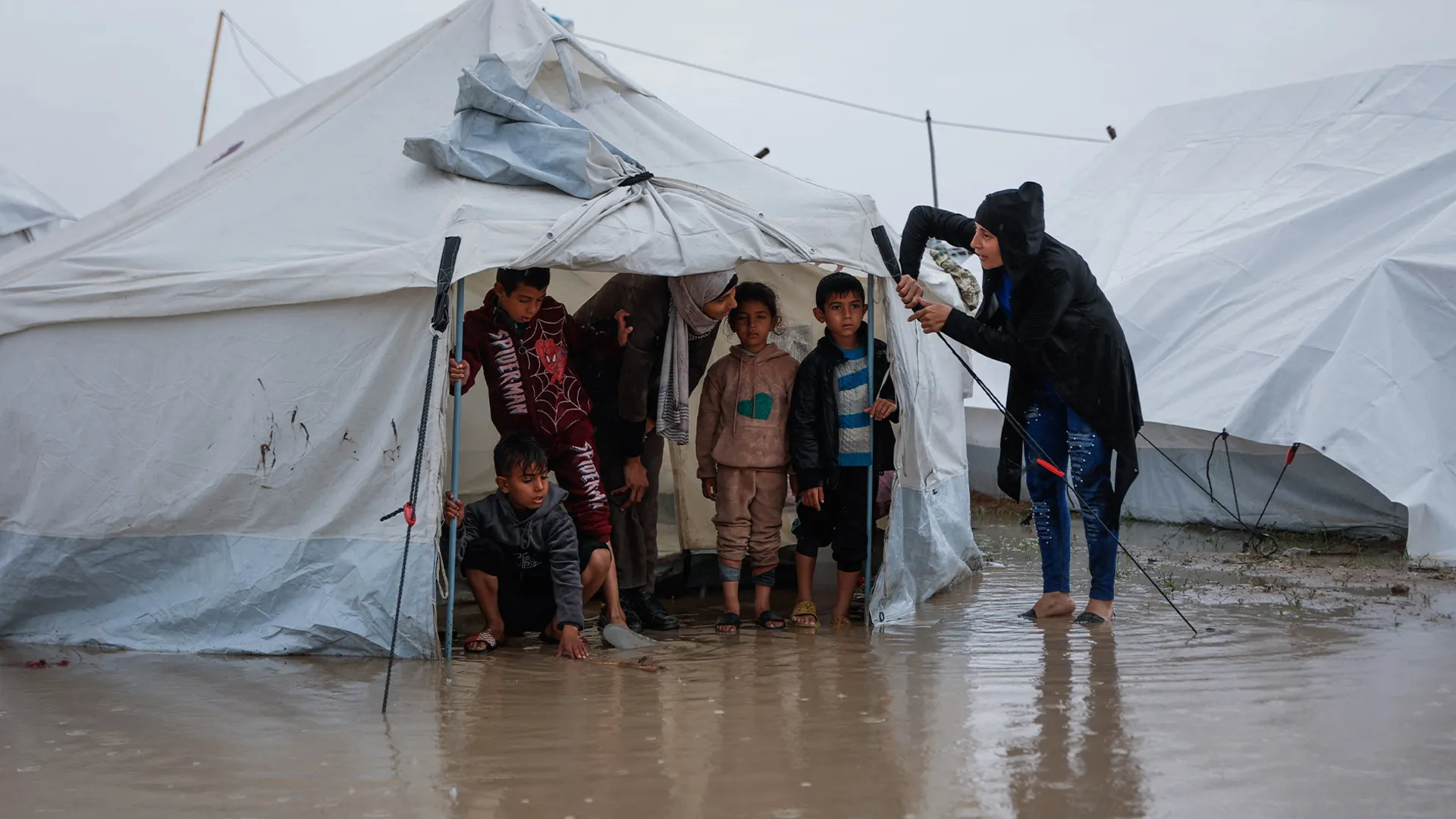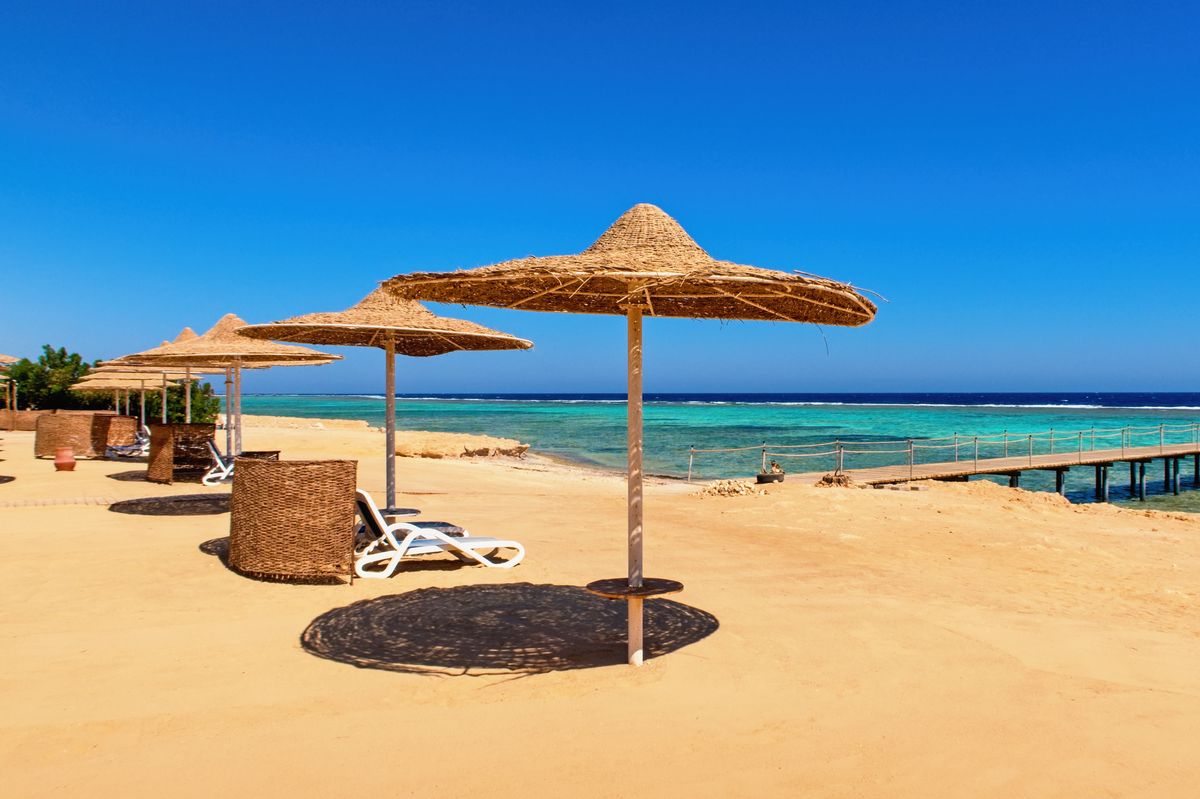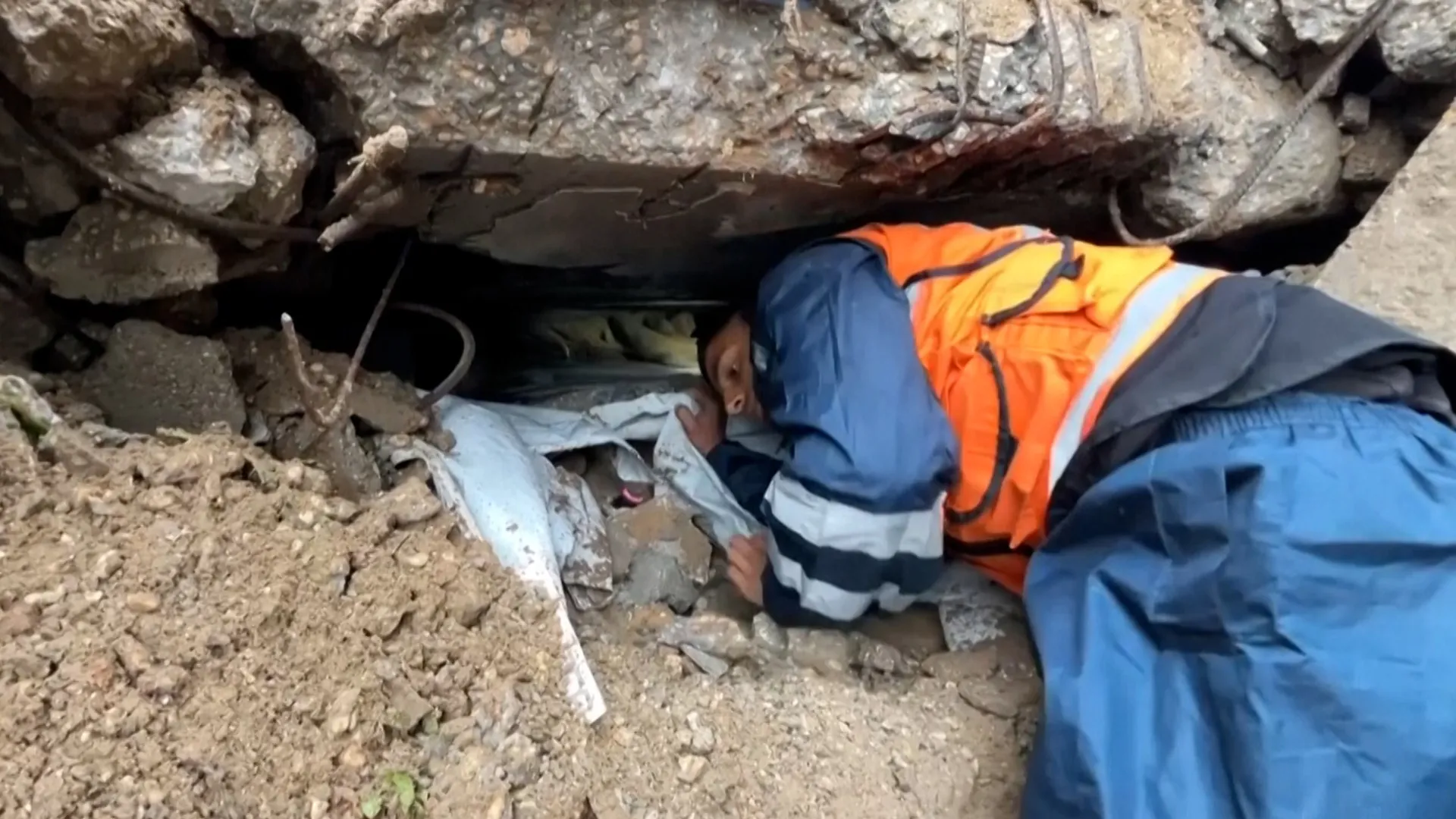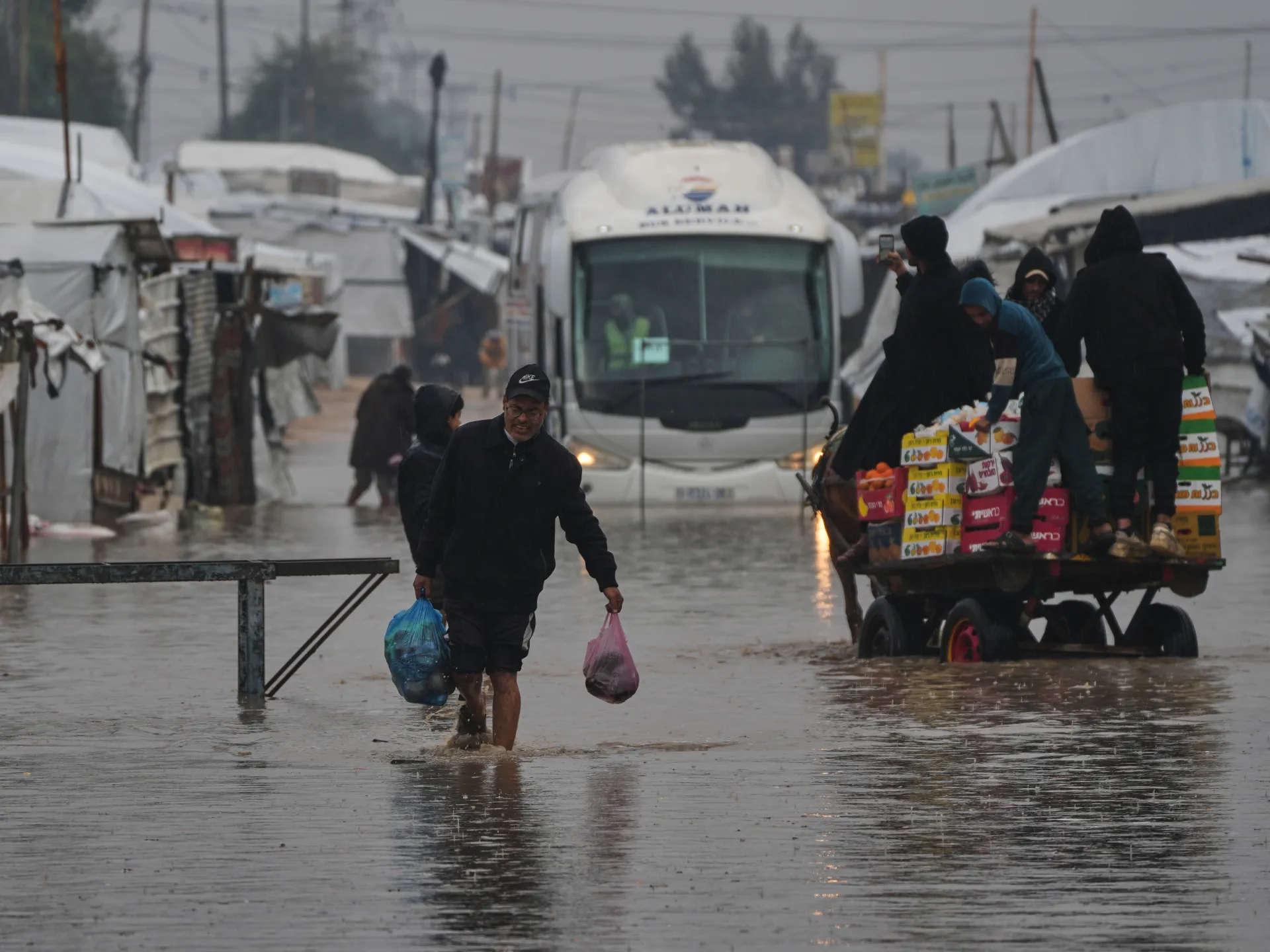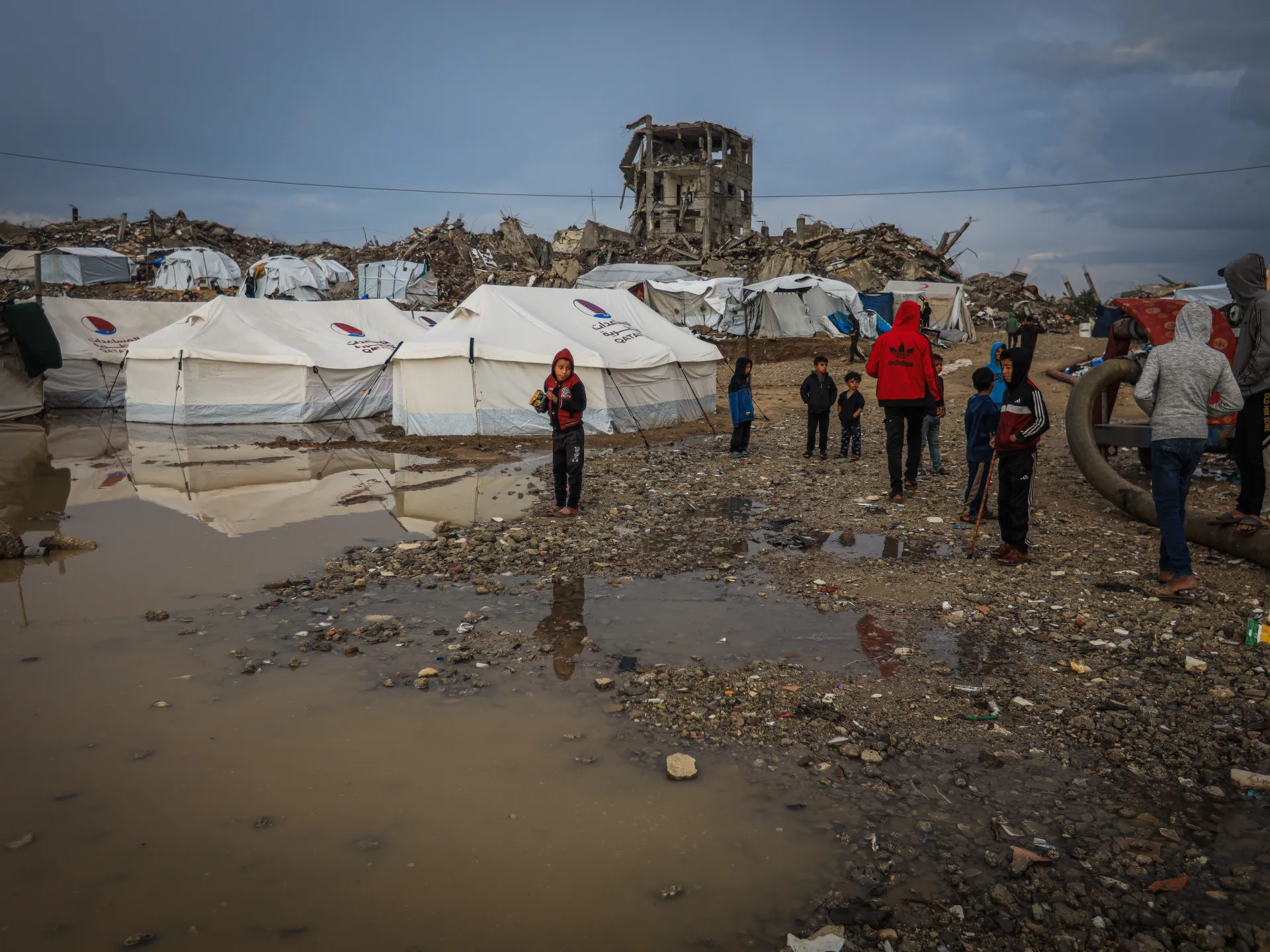If you’re looking for some winter sun to soak up the rays on a golden sand beach engulfed with crystal-clear turquoise waters, there’s an idyllic destination just five hours from the UK
Amid the chaos of Christmas and chilly weather conditions, many of us are dreaming of jetting off to a warmer climate for some winter sun. One destination that has long been praised for its luxurious resorts and blistering 25-degree winter heat is just five hours away from the UK.
To help travellers uncover some of the best holiday getaways during the colder UK months, easyJet has released its ‘Winter Sun Index’. The airline compared factors such as flight and package prices, temperature, hours of sunlight per day, monthly precipitation levels, time difference, and the average cost of a beer and a meal for two, to highlight their top holiday destinations for some winter sun.
One desirable holiday hotspot, within easy reach of the UK, was Hurghada on the east coast of Egypt. The sun-soaked beach town is brimming with luxury resorts scattered along the shoreline, providing direct access to the crystal-clear waters where marine life thrives.
The turquoise sea is one of Hurghada’s most appealing factors, with scuba diving and snorkelling being undoubtedly popular pastimes here. Most resorts offer private areas along the golden sands for ultimate relaxation and convenience, but for those seeking more adventure, stunning desert landscapes are nearby, offering activities such as quad biking or Jeep safaris.
Located along Egypt’s Red Sea coast, easyJet found that Hurghada typically offers temperatures between 21C and 25C during the winter months, a stark contrast to the brisk highs of 6C we experience in the UK. Another factor making this destination rather desirable is easyJet’s findings that, on average, a pint costs just £1.75, while two people can enjoy a meal out for an estimated £26 – bargain!
Elsewhere, Hurghada basks in around 9-10 hours of sunshine every day, and there’s just a two-hour time difference compared to the UK, pretty much avoiding any signs of jet lag. Direct flights from London airports to Hurghada are just over five hours, with return flights starting from £154 with easyJet.
There are plenty of package deals available, making a spontaneous getaway even more effortless if you’re seeking that vitamin D fix. The Red Sea is renowned for its winter sun destinations, with Sharm El-Sheikh in Egypt also remaining a popular choice for holidaymakers, thanks to its pristine sandy beaches and turquoise blue waters.
easyJet’s top 10 destinations for winter sun
- Sal – Cape Verde
- Hurghada – Egypt
- Gran Canaria – Canary Islands, Spain
- Lanzarote – Canary Islands, Spain
- Agadir – Morocco
- Fuerteventura – Canary Islands, Spain
- Tenerife South – Canary Islands, Spain
- Djerba – Tunisia
- Seville – Spain
- Paphos – Cyprus
Kevin Doyle, easyJet’s UK country manager, said: “As temperatures at home begin to drop and the days get darker, now is the perfect time to book an escape to warmer climes. easyJet’s unrivalled network and package holidays, offer a broad range of winter sun destinations across Europe and beyond, from Sub-Saharan islands to Spanish peninsula cities that are all easily accessible and affordable, for those looking to chase the sun on a budget this winter.”
Do you have a travel story to share? Email webtravel@reachplc.com
